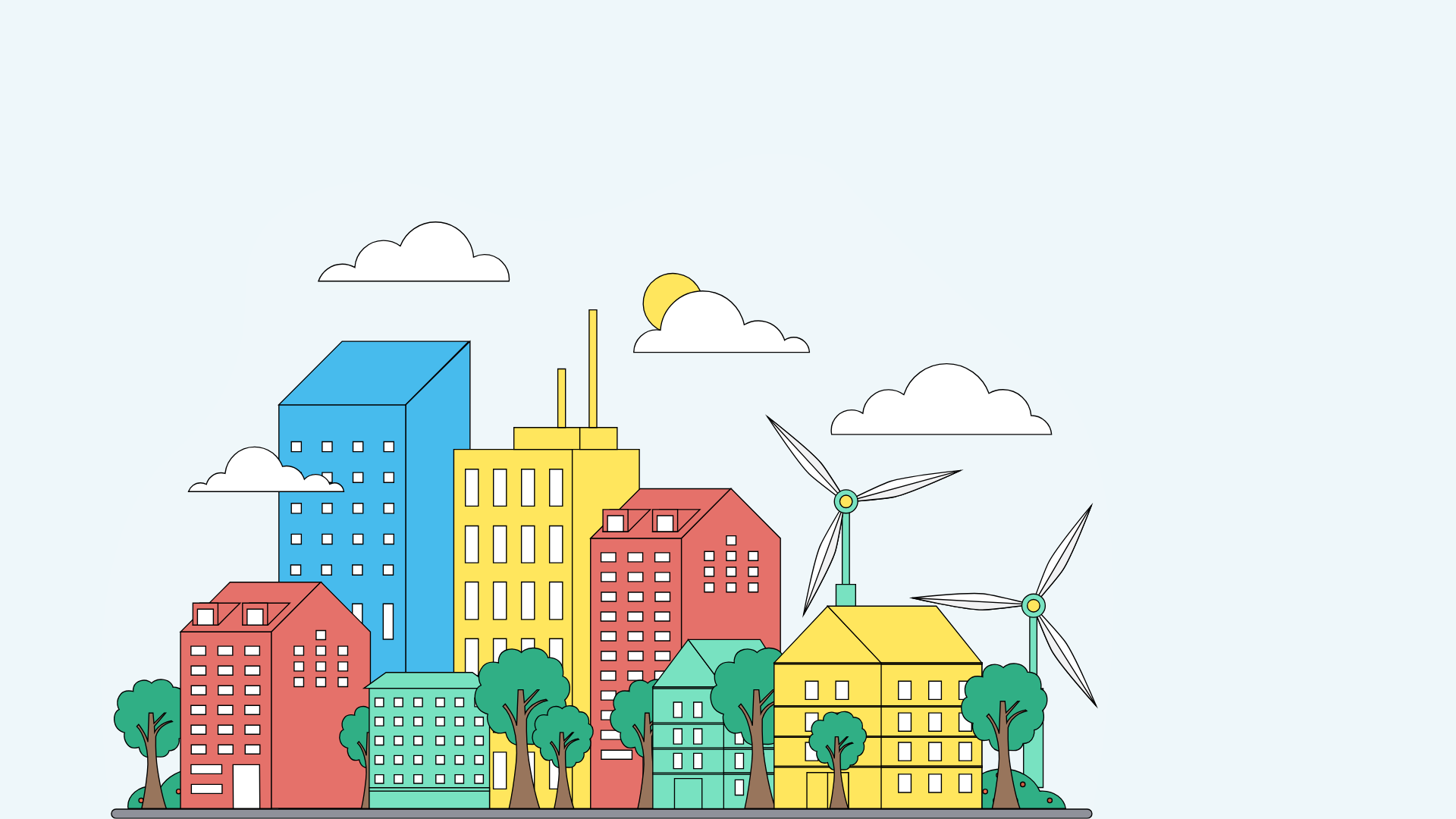What is built environment? In Bahasa Malaysia, it’s known as ‘Alam Bina‘.
The built environment is all around us—the buildings we live and work in, the infrastructure we use every day, and the spaces we create. This industry has a massive impact on our planet. Why? Because 77% of the world population lives in cities. And cities require massive built environments to cater to people’s needs.
The majority of populations live in major cities, such as Kuala Lumpur, including the Greater Klang Valley (9 mil), Johor Bahru (1.8 mil), Penang (1,800,000), Kuching (700,000), and Shah Alam (800,000), an estimation from the overall Malaysian population of 32 million.
Let’s dive into how sustainability in the built environment, focusing in Malaysia is changing the way we design, construct, and manage our built spaces.
What is sustainability in the built environment?
It’s about designing, building, and using buildings and cities in a way that helps the environment, like using less energy and water. It’s also about making sure everyone has a good place to live, work, and play.
Key ways to build sustainably
- Good to the Environment:
- Save Energy: Use less energy by building smart cities and smart buildings and using clean energy like solar power.
- Save Water: Use water wisely, like using water-saving toilets and collecting rainwater.
- Use Smart Materials: Choose materials that are good for the environment and last a long time.
- Reduce Waste: Recycle and reuse materials to reduce trash.
- Good for People:
- Healthy Spaces: Build buildings with good air quality and plenty of natural light.
- Inclusive Design: Make sure everyone can use buildings and spaces, no matter their abilities.
- Community Focus: Work with communities to build places that meet their needs.
- Good for the Economy:
- Smart Spending: Choose building materials and designs that save money in the long run.
- Green Jobs: Create jobs in green industries, like renewable energy and sustainable construction.
- Future-Proofing: Build buildings that can adapt to climate change and other challenges.
Challenges in sustainable built environment
Malaysia has made significant strides in sustainable development, but the built environment sector still faces numerous challenges. The industry faces real challenges like:
- Rapid Urbanisation:
- Increased Demand for Infrastructure: Rapid urbanisation has led to a surge in demand for housing, transportation, and other infrastructure.
- Urban Sprawl: Unplanned development often results in urban sprawl, leading to inefficient land use and increased energy consumption.
- Climate Change:
- Extreme Weather Events: Malaysia is vulnerable to extreme weather events like floods and heatwaves, which can damage infrastructure and disrupt daily life.
- Rising Sea Levels: Coastal cities like Kuala Lumpur and Penang are at risk from rising sea levels.
- Limited Green Building Adoption:
- Lack of Awareness and Knowledge: Many stakeholders, including developers and policymakers, have limited understanding of green building principles.
- High Initial Costs: Green building technologies and materials can be more expensive upfront, although they often lead to long-term savings.
- Policy and Regulatory Framework:
- Inconsistency and Inefficiency: A fragmented and inconsistent regulatory framework can hinder sustainable development efforts.
- Weak Enforcement: Weak enforcement of regulations can undermine compliance with sustainable building standards.
How to build sustainably?
- Follow Green Building Standards: Use guidelines like GBI to newly build buildings.
- Smart Site Design: Choose good building sites and minimise harm to nature.
- Energy-Efficient Buildings: Design buildings that use less energy.
- Water-Saving Tech: Use water-saving toilets, showers, and other devices.
- Sustainable Materials: Use recycled and eco-friendly materials.
- Reduce Waste: Recycle and compost to reduce trash.
- Check-in After Building: Monitor how buildings perform and make improvements.
Building a sustainable future
Sustainability in the built environment isn’t just about being environmentally friendly. It’s about creating smarter, more efficient spaces that work for people and the planet. Every building, every renovation, and every design choice matters.
For those looking to dive deeper into sustainable building practices in Malaysia, the Green Building Index (GBI) Accreditation provides comprehensive insights into green building standards and certification in the Malaysian context. This organisation is at the forefront of promoting sustainable architecture and construction in the region.
The future of construction is green, and we’re building it one sustainable structure at a time.
